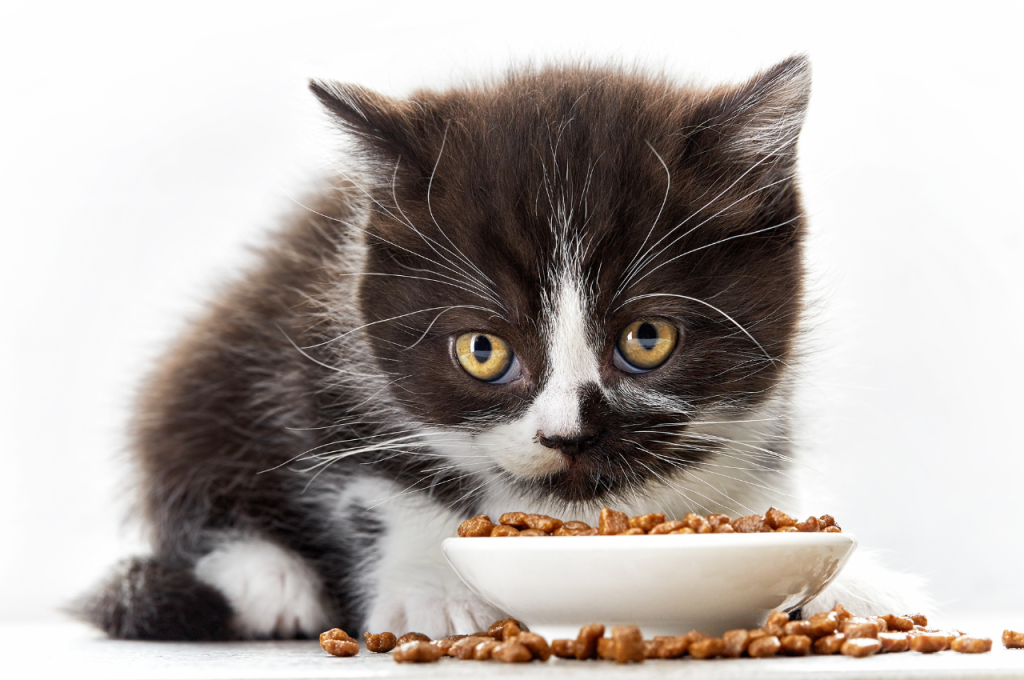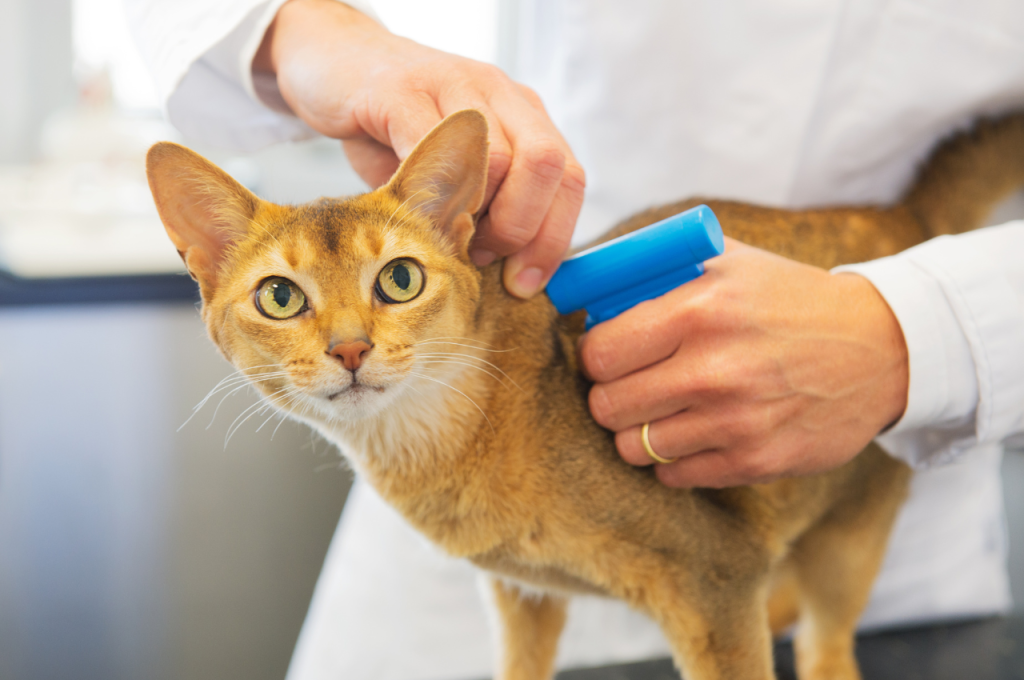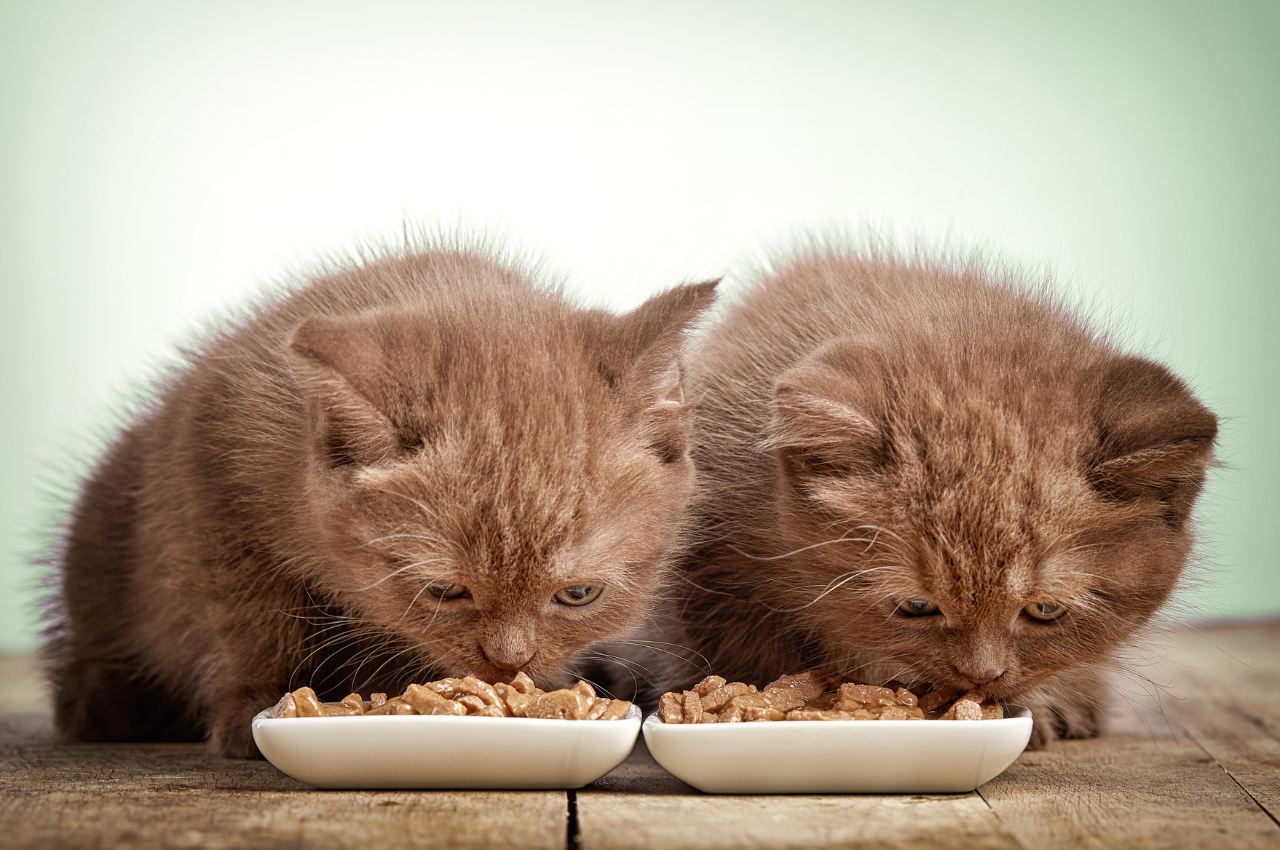The top 5 healthiest cat foods are Blue Buffalo, Wellness, Instinct, Orijen, and Merrick. These brands prioritize quality ingredients.
Cats thrive on a balanced diet that supports their overall health and well-being. Providing your feline friend with the best nutrition ensures they live a long and healthy life. When choosing cat food, consider options that contain high-quality proteins, essential vitamins, and minerals for optimal feline health. These top brands offer a variety of flavors and formulations to cater to different dietary needs and preferences of cats. Opting for one of these healthy cat food options can contribute to your pet’s vitality and longevity.
Introduction to Feline Nutrition
Discovering the top 5 healthiest cat foods is crucial for feline nutrition. Opt for high-quality options like Wellness CORE, Blue Buffalo Wilderness, and Orijen. These brands offer balanced nutrition to support your cat’s overall health and well-being.

Proper nutrition is essential for the overall health and well-being of our feline friends. Cats have unique dietary requirements that need to be met to ensure they receive the necessary nutrients for optimal health. In this article, we will explore the top 5 healthiest cat foods available and discuss the importance of a balanced diet as well as key nutrients that are crucial for cats.
Importance of a Balanced Diet
A balanced diet is crucial for cats as it provides them with the necessary nutrients to support their growth, development, and overall health. Just like humans, cats require a combination of proteins, carbohydrates, fats, vitamins, and minerals to thrive. A balanced diet helps prevent nutritional deficiencies and reduces the risk of various health issues such as obesity, diabetes, and urinary tract problems.
Key Nutrients for Cats
Cats have specific nutritional needs that differ from other animals. Here are some key nutrients that play a vital role in their overall health:
- Protein: Cats are obligate carnivores, which means they require a high amount of animal-based protein in their diet. Protein is essential for maintaining healthy muscles, skin, and coat.
- Taurine: Taurine is an amino acid that is crucial for cats as they cannot produce it in sufficient quantities on their own. It is essential for proper heart function, vision, and reproductive health.
- Omega-3 Fatty Acids: Omega-3 fatty acids, such as EPA and DHA, are beneficial for cats’ immune system, skin, and coat health. They also have anti-inflammatory properties.
- Vitamins: Cats require certain vitamins, including vitamin A, vitamin D, and vitamin E, for their overall well-being. These vitamins support various bodily functions and help maintain a healthy immune system.
- Minerals: Minerals like calcium, phosphorus, and magnesium are essential for cats’ bone health, teeth strength, and proper nerve function.
By providing a diet that includes these key nutrients, cat owners can help ensure their furry companions receive the nutrition they need to thrive.
Evaluating Cat Food Quality
Choosing the right cat food is essential for your furry friend’s health and well-being. There are countless options available, and it can be overwhelming to know which one is the best for your cat. Evaluating cat food quality is crucial to ensure that you are providing your cat with the healthiest and most nutritious food possible. Here are the top 5 healthiest cat foods and what to look for when evaluating cat food quality.
Ingredients to Look for
When evaluating cat food quality, it’s essential to look for high-quality ingredients. The first ingredient listed on the label should be a high-quality protein source, such as chicken, turkey, or fish. Look for cat food that is free from artificial preservatives, colors, and flavors. Additionally, it’s important to choose cat food that contains essential vitamins and minerals, such as vitamin E, vitamin C, and taurine.
Common Fillers to Avoid
Many cat food brands use fillers to bulk up their products and reduce costs. However, these fillers offer little to no nutritional value and can be harmful to your cat’s health. Some common fillers to avoid include corn, wheat, soy, and by-products. These ingredients can cause digestive issues, allergies, and other health problems.
| Brand | Ingredients | Price |
| Wellness CORE | Deboned chicken, chicken meal, turkey meal, deboned turkey, potatoes, peas, tomato pomace, natural chicken flavor, chicken fat, etc. | $1.76/ounce |
| Blue Buffalo Wilderness | Deboned chicken, chicken meal, turkey meal, sweet potatoes, peas, chicken fat, natural flavor, fish meal, etc. | $1.98/ounce |
| Instinct Original | Chicken, chicken meal, turkey meal, menhaden fish meal, peas, chicken fat, natural flavor, etc. | $2.12/ounce |
| Hill’s Science Diet Adult Indoor | Chicken, whole grain wheat, corn gluten meal, chicken fat, chicken meal, etc. | $0.22/ounce |
| Purina Pro Plan Focus Adult | Chicken, rice, corn gluten meal, whole grain corn, poultry by-product meal, etc. | $0.20/ounce |
These top 5 healthiest cat foods are made from high-quality ingredients and offer essential nutrients for your cat’s health. They are free from common fillers and artificial additives, making them a safe and nutritious choice for your furry friend.
Wet Vs. Dry Cat Food
Discover the top 5 healthiest cat foods, whether wet or dry, for your feline friend. These options include Wellness CORE Grain-Free, Blue Buffalo Wilderness, Orijen Cat & Kitten, Instinct Original Grain-Free Recipe, and Taste of the Wild Rocky Mountain. These high-quality foods prioritize your cat’s health and well-being.
Wet vs. Dry Cat Food:
One of the most common debates in the world of cat food is whether wet or dry food is the best option for felines. While both types of food have their benefits, it ultimately comes down to your cat’s individual needs and preferences.
Pros and Cons of Wet Food:
Wet cat food is made with a high water content, which can help keep your cat hydrated. It also tends to be more palatable, making it a good option for picky eaters or cats who have trouble chewing. However, wet food can be more expensive than dry food and has a shorter shelf life once opened. It also requires refrigeration and can be messy to serve.
Pros and Cons of Dry Food:
Dry cat food is convenient and tends to be less expensive than wet food. It also has a longer shelf life and doesn’t require refrigeration. However, it can be less palatable and may not provide enough hydration for some cats. Dry food also tends to be high in carbohydrates, which can be problematic for cats who are overweight or have certain health issues.
Ultimately, the decision between wet and dry food comes down to your cat’s individual needs and preferences. Some cats thrive on a diet of wet food, while others do better on dry food. It’s important to talk to your veterinarian about which option is best for your furry friend.
Top 5 Healthiest Cat Foods
Looking for the Top 5 Healthiest Cat Foods? Here are some top picks to keep your feline friend happy and healthy.

Premium Wet Food Pick
- Premium wet food offers high moisture content, which is essential for a cat’s hydration.
- Look for options with real meat as the primary ingredient for optimal nutrition.
Best Dry Food Choice
- Opt for dry food with a balance of protein, fats, and carbohydrates.
- Choose brands that are free from fillers and artificial additives.
Organic Option
- Organic cat food ensures quality ingredients without synthetic pesticides.
- Check for certifications like USDA Organic to guarantee high standards.
Veterinary-recommended Formula
- Consult your vet for specialized formulas tailored to your cat’s health needs.
- These formulas are designed to address specific dietary requirements or health conditions.
Budget-friendly Healthy Choice
- Quality doesn’t have to break the bank – seek out affordable options with wholesome ingredients.
- Compare prices and nutritional value to find the best balance for your budget.
Special Dietary Considerations
Cats, like humans, can have special dietary needs that require careful consideration when choosing their food. Whether it’s a sensitive stomach, advanced age, or weight management, there are specific dietary considerations to keep in mind when selecting the healthiest cat food for your feline friend.
Food for Sensitive Stomachs
Cats with sensitive stomachs require a diet that is gentle on their digestive system. Look for high-quality, easily digestible protein sources such as chicken or turkey. Avoid foods containing artificial preservatives, flavors, and colors, as these can exacerbate digestive issues. Additionally, limited-ingredient diets can be beneficial for cats with food sensitivities. Consult with your veterinarian to determine the best food for your cat’s sensitive stomach.
Senior Cat Nutrition
As cats age, their nutritional needs change. Senior cat food formulas are specially designed to support the health and well-being of older cats. These formulas typically contain joint-supporting ingredients such as glucosamine and chondroitin, as well as lower calorie content to prevent weight gain. Look for foods rich in antioxidants and omega-3 fatty acids to support cognitive function and overall health in senior cats.
Managing Weight with Diet
Obesity is a common issue among cats and can lead to various health problems. When selecting cat food for weight management, opt for high-protein, low-carbohydrate formulas to promote lean muscle mass and regulate blood sugar levels. Portion control is crucial, so consider feeding your cat smaller, more frequent meals to prevent overeating. Additionally, fiber-rich ingredients such as sweet potato can help your cat feel full and satisfied without consuming excess calories.
Reading Cat Food Labels
Cat food labels can be overwhelming with all the information they contain, but understanding how to read them is crucial for selecting the healthiest options for your feline friend. By decoding the macronutrient ratios and deciphering ingredient lists, you can ensure that your cat receives the essential nutrients for their well-being. Let’s delve into the details of reading cat food labels to help you make informed decisions about your cat’s diet.
Understanding Macronutrient Ratios
Macronutrient ratios play a significant role in determining the nutritional quality of cat food. Protein, fat, and carbohydrates are the three primary macronutrients to focus on when reading cat food labels. A high-quality cat food should have a higher percentage of protein, moderate fat content, and minimal carbohydrates to mimic a cat’s natural diet. Look for a protein content of at least 30% and a fat content of around 15% to 20% for optimal nutrition.
Deciphering Ingredient Lists
Ingredient lists provide valuable insights into the nutritional value of cat food. When analyzing these lists, prioritize whole protein sources such as chicken, turkey, or fish, as they offer superior amino acids essential for feline health. Avoid cat foods containing fillers like corn, wheat, or soy, as these ingredients offer limited nutritional value and may lead to digestive issues. Additionally, watch out for artificial additives and preservatives such as artificial colors and flavors, which can have adverse health effects on your cat.
Transitioning to a Healthier Diet
Transitioning your cat to a healthier diet can be a gradual process that requires patience and careful monitoring. Switching to a new cat food too quickly can lead to digestive upset, so it’s important to follow a step-by-step transition plan and keep a close eye on your cat’s response.
Step-by-step Transition Plan
When transitioning to a healthier cat food, it’s best to do so gradually over the course of about 7-10 days. Start by mixing a small amount of the new food into your cat’s current food, gradually increasing the proportion of new food while decreasing the old food. Here’s a simple transition plan:
- Days 1-3: Mix 25% new food with 75% old food
- Days 4-6: Mix 50% new food with 50% old food
- Days 7-10: Mix 75% new food with 25% old food
- Day 11: 100% new food
Monitoring Your Cat’s Response
As you transition your cat to a healthier diet, it’s crucial to closely monitor their response. Keep an eye on their litter box habits, energy levels, coat condition, and overall demeanor. Look out for any signs of digestive upset, such as vomiting, diarrhea, or a loss of appetite. If you notice any concerning changes, consult your veterinarian for guidance.
Consulting with Veterinarians
When it comes to ensuring the health and well-being of your feline companion, consulting with veterinarians plays a crucial role in selecting the top 5 healthiest cat foods. Veterinarians possess the expertise to recommend high-quality, nutritious foods that cater to your cat’s specific dietary needs and support their overall health.
When to Seek Professional Advice
If your cat has specific health issues or dietary requirements, or if you’re considering making significant changes to their diet, it’s essential to seek professional advice from a qualified veterinarian. They can provide personalized recommendations based on your cat’s age, weight, activity level, and any existing health concerns.

Customizing Your Cat’s Diet
Veterinarians can help customize your cat’s diet to address specific health issues or to ensure they receive the necessary nutrients for optimal health. They can advise on the best commercial cat foods or provide guidance on preparing homemade diets, taking into account your cat’s individual needs.
Conclusion
To sum up, choosing the right cat food is crucial for your feline companion’s health. The top 5 healthiest cat foods mentioned in this blog post offer a balance of essential nutrients, and high-quality ingredients, and are free from fillers and artificial additives.
Remember to consult your veterinarian to determine the best option for your cat’s specific needs. Providing a nutritious diet will contribute to their overall well-being and longevity.
